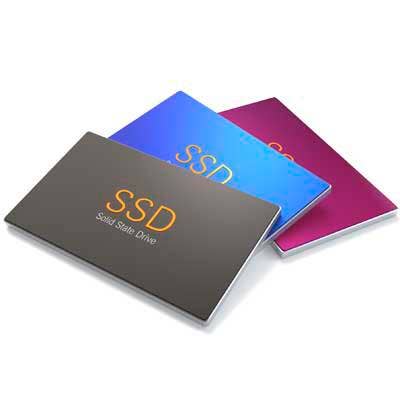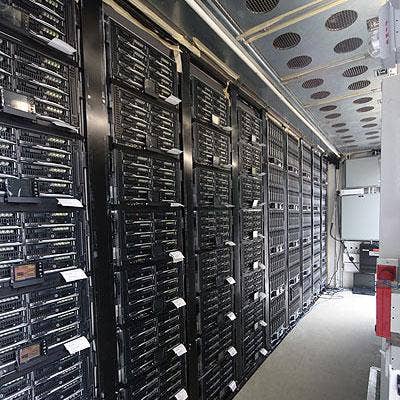6 New Intel SSDs That Will Help Partners Monetize The Data Explosion From IoT

Intel Goes On Storage Offensive
Intel Thursday released a slew of solid state drives for business, Internet of Things and data center applications.
Intel has narrowed its focus on storage over the past year, in March launching new SSDs geared toward entry-level cloud and data center deployments and Internet of Things applications.
"Intel is uniquely positioned to address multiple market segments simultaneously from consumer to business, Internet of Things and data center," said Bill Leszinske, Intel vice president and director of strategic planning, marketing and business development for the Non-Volatile Memory Solutions Group. "This broad array of new 3-D NAND SSDs expands the reach of PCIe solutions and offers a cost-effective replacement for traditional hard disk drives, helping customers accelerate user experiences, improve the performance of apps and services and reduce IT costs."
Intel has not yet released the price or availability for its new SSDs. Following are the six new SSDs that will help channel partners better monetize the explosion of data.

Data Center P3520 Series
Intel's SSD series builds on the Santa Clara, Calif.-based company's existing portfolio of data center-targeted PCIe SSDs.
These solid state drives have been optimized for cost-effective performance and are targeted at partners dealing with read-intensive applications in cloud computing – including storage virtualizations and web hosting.
These PCIe SSDs are built on Intel's 3-D NAND technology, a technology the company introduced a year ago as the "world's highest-density flash memory." They are an affordable option when deploying multiple NVMe-enabled storage arrays that need to process large sets of data, according to Intel.

Data Center S3520 Series
This data center solid state drive series is better suited for entry-level customers making the initial transition from hard disk drives to SATA, the current standard technology for connecting SSDs to computers.
This series balances cost and performance for the data center and delivers "significant" latency and throughput improvements over traditional hard disk drives in the data center, according to Intel.

Internet of Things E 6000p Series
This solid state drive series is targeted at channel partners who are implementing Internet of Things applications, such as point-of-sale devices and digital signage.
The E 6000p series can be used with Intel's Core vPro processors – both the current and future generation – to add security and manageability features for Internet of Things applications.
The E 6000p Series uses PCIe and comes in the gumstick-sized M.2 form factor for added flexibility that is necessary for IoT applications.

Internet of Things E 5420s Series
The E 5420s Series also targets Internet of Things applications, but with an added layer of data protection, ensuring that data will be reliably read or written, even if customers are dealing with power loss.
The E 5420s series utilizes SATA to improve performance over traditional hard disk drives in Internet of Things applications, according to Intel.

Client 600p Series
The 600p series is targeted at consumers to use in desktops and notebooks. This series "brings PCIe performance to mainstream price points while delivering exceptional performance that far exceeds traditional hard drives," according to Intel.
This solid state drive series uses a PCIe Gen3X4 and NVMe interface. Intel claims the series delivers 17 times the performance over hard disk drives and up to 3 times the performance of SATA solid state drives.

Client Pro 6000p Series
Intel's Pro 6000p series is aimed at the business client market to use in business notebooks and desktops.
Intel says these solid state drives are packed with power-efficient performance, enterprise-ready security and manageability features for IT administrators and corporate end users.
The series uses PCIe for performance and is built with high quality and reliability standards – resulting in lower total cost of ownership, according to Intel.